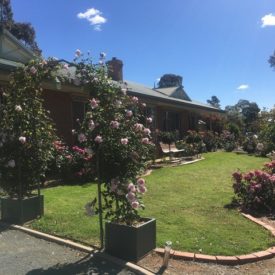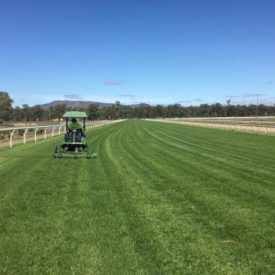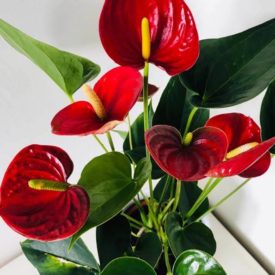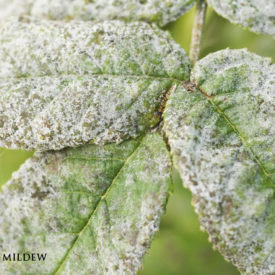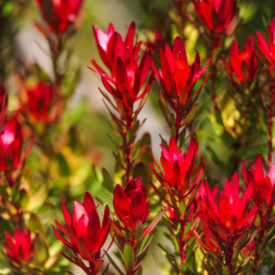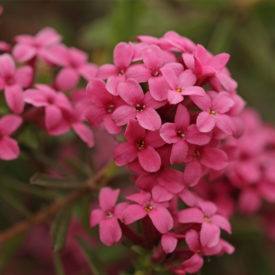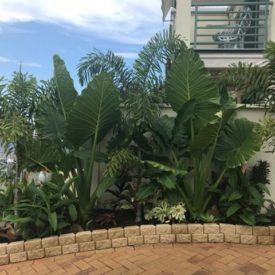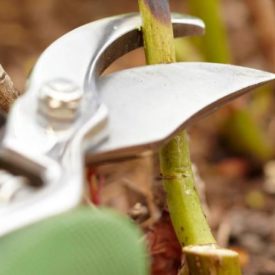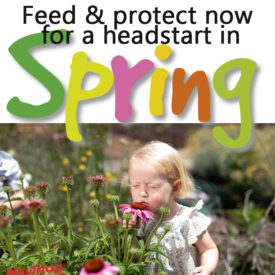Winter Organics
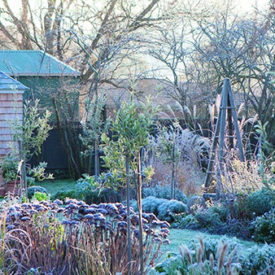
Spring and autumn have been the traditional times when gardeners feed their gardens. At Neutrog, we believe that it’s because we can see a reaction in the garden – plants are actively growing, flowering and fruiting. As they say, ‘spring is in the air’. We recognise that they need nutrition to bring out the best that our plants have to offer.
If that is an accurate assessment, then the opposite is true for winter and to a lesser extent summer, as many gardeners don’t apply fertilisers during these periods. We tend to think of these times more in the way of maintenance, but in actual fact, applying nutrition to your soil and garden is as important – if not more so – during winter and summer.

